10 Things You Didn't Know About The Austrian Grand Prix
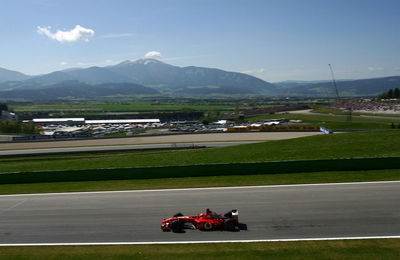
The next round of the 2014 Formula 1 season takes place in Spielberg, Austria, at the Red Bull Ring. Here are 10 things you might not know about the race:
1. Changes
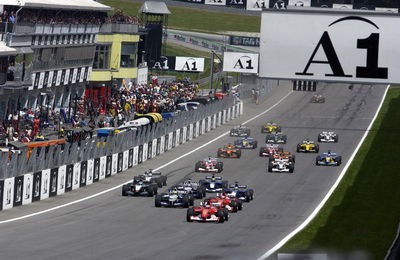
The track that we now know as the Red Bull Ring joined the F1 calendar in 1970. It was then called the Österreichring and featured a very different 3.673 mile layout. Safety concerns meant the Austrian Grand Prix was removed from the schedule for 1988.
A new, shorter 2.688 mile track was constructed on the same site. It was renamed the A1-Ring and hosted F1 between 1997 and 2003. When it was taken off the calendar, it fell into disrepair and didn’t host motor racing for several years until it was purchased by Red Bull, renamed and refurbished. Now, F1 returns this weekend for the first time in 11 years.
2. Prost the master of Austria
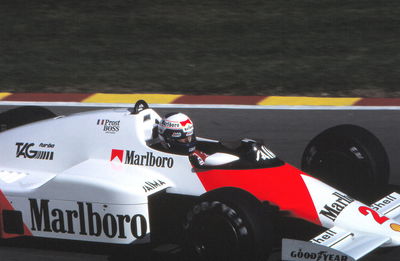
Alain Prost has won the Austrian Grand Prix more than anyone else, taking victory three times (in 1983, 1985 and 1986). Ronnie Peterson, Alan Jones, Mika Hakkinen and Michael Schumacher have all won the event twice.
3. Success for McLaren
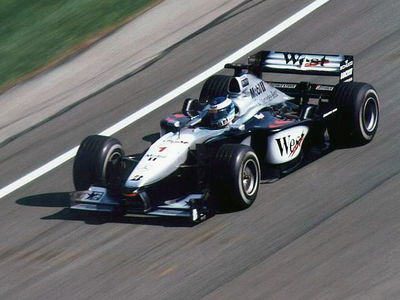
McLaren is the most successful constructor at the event, having won it on six occasions (1984, 1985, 1986, 1998, 2000 and 2001). Ferrari has won the Austrian Grand Prix five times, with Lotus on four victories and Williams on three.
The track has produced two of the closest finishes in F1 history. The 1982 round in Austria saw Elio de Angelis score his maiden victory by just 0.050 seconds from Keke Rosberg, who was also going for his first win in the sport.
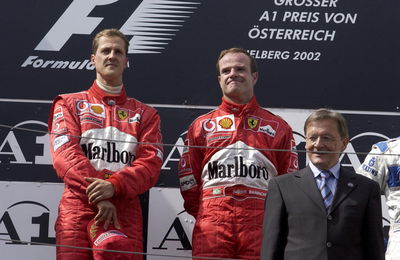
20 years later, Rubens Barrichello was instructed to move over and hand the 2002 Austrian Grand Prix victory to his Ferrari team-mate Michael Schumacher. He did just that, which didn’t go down well with the fans. Just 0.182 seconds separated the two drivers by the chequered flag.
5. A surprising return
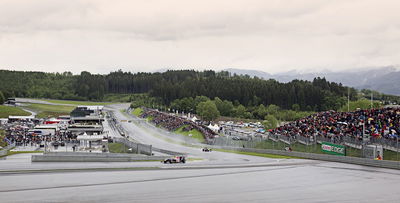
Over the last few years, F1 has headed to new locations in the East, such as Singapore, Abu Dhabi, India and Korea. A return to Austria came as a surprise to some, with it being the first European race to join the Formula 1 calendar since the 2008 European Grand Prix at the Valencia street circuit in Spain.
6. A quick lap
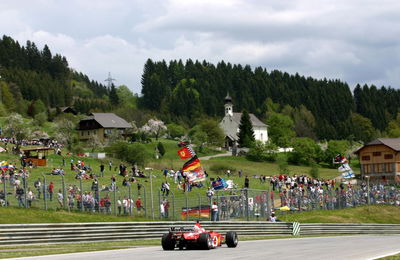
The Red Bull Ring is the third shortest track on the current F1 calendar at just 2.688 miles, marginally longer than Interlagos (2.677 miles) and the Circuit de Monaco (2.075 miles). Michael Schumacher holds the lap record at the circuit, with a 1m08.337. The new-for-2014 cars could dip below the 70 second mark, too.
7. New names
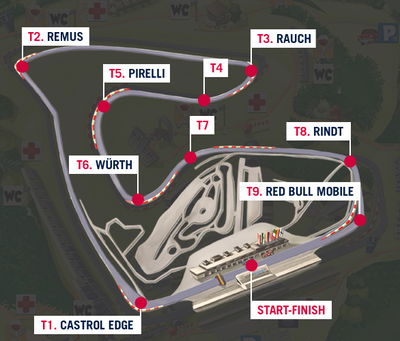
Two of the circuit’s corners have changed names for F1’s return. Turn five was previously known as the Niki Lauda Kurve after the three-time world champion, but it was renamed Pirelli after the tyre supplier. Lauda said he was “very disappointed” with the change.
Meanwhile the Gerhard Berger Kurve was also changed to Wurth, after the German tool company. However, the penultimate corner retains its name – Rindt - after the posthumous 1970 F1 champion Jochen Rindt.
8. A classic track, but a fresh challenge
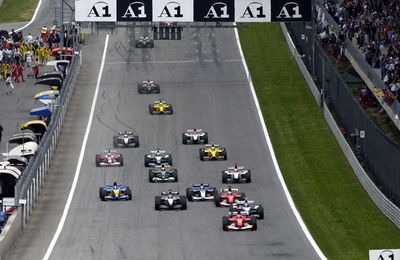
Because of the Austrian Grand Prix’s 11-year absence from the calendar, only four drivers on the current grid have actually competed in a Formula 1 race there. Jenson Button is the most experienced, having completed four F1 events at the Red Bull Ring, with a best result of fourth in 2003.
Kimi Raikkonen raced there three times and Fernando Alonso competed in two events. Felipe Massa retired from his one Austrian Grand Prix in 2002. Kevin Magnussen and Daniil Kvyat have recent experience driving at the track, following Formula Renault 3.5 and Euroseries Formula 3 outings last year.
The Red Bull Ring is set in the Styrian hills, giving the circuit a beautiful backdrop. Its location in the undulating hills means the difference between the lowest and highest point (turn two) is 60 metres.
10. Plenty of overtaking opportunities

The circuit contains several long straights, which are all followed by relatively slow corners that feature heavy braking zones. This means there are four strong overtaking opportunities on the circuit. The first and third corners follow the two DRS zones, while turn two and turn eight should also get plenty of overtaking action.













Comments
No comments found.